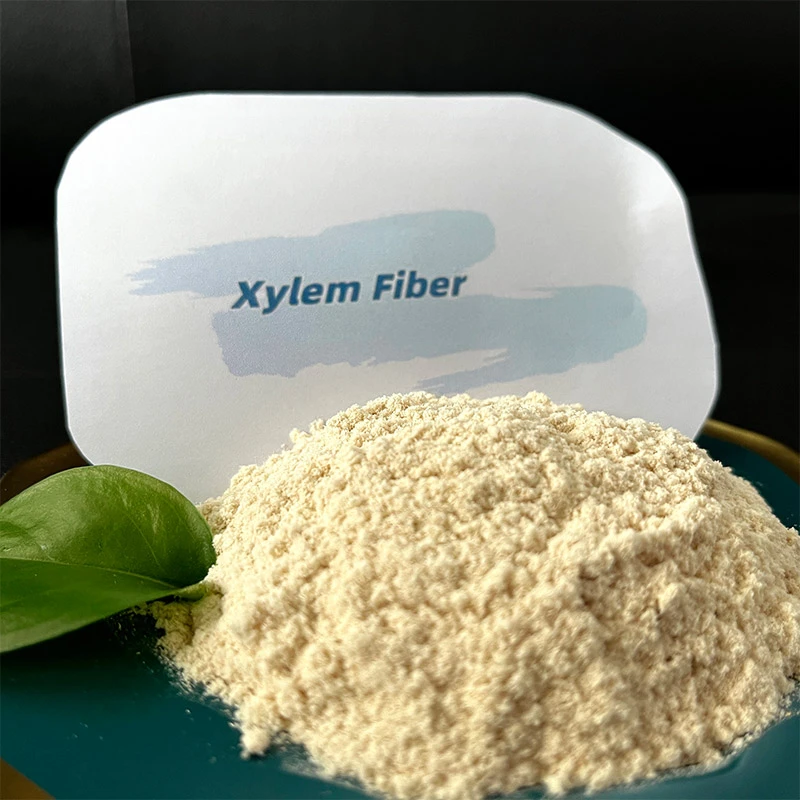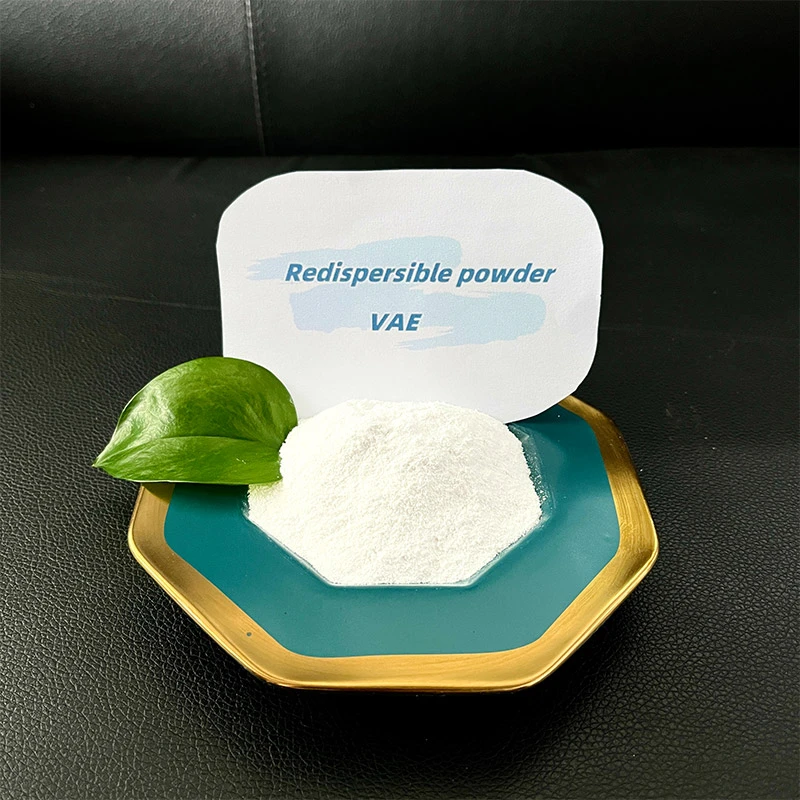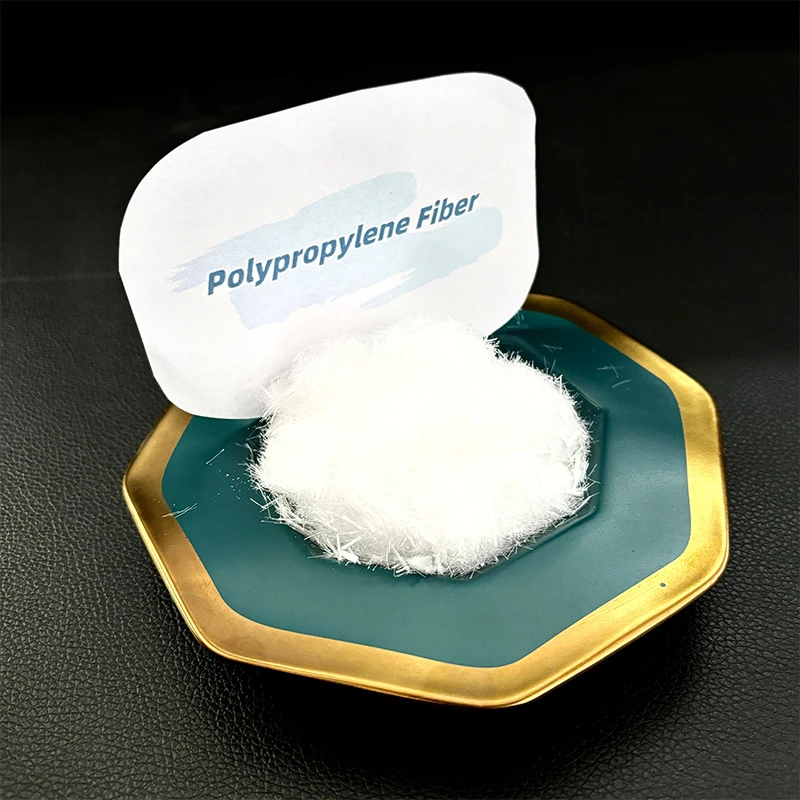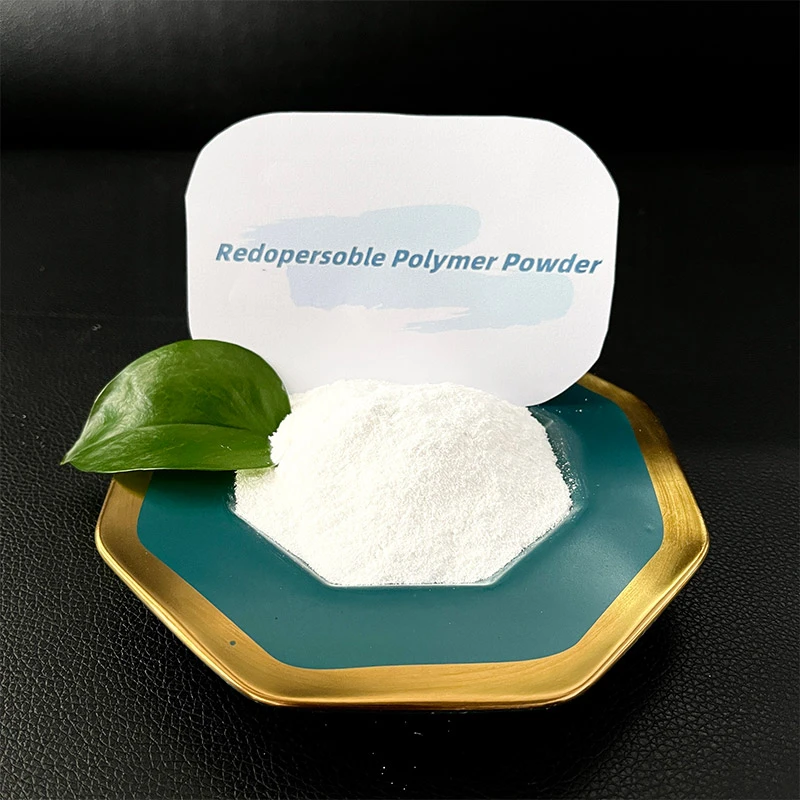
-

Add: HeBei ShengShi HongBang Cellulose Technology CO.,LTD.
-

Email
13180486930@163.com -

CONTACT US
+86 13180486930

Polypropylene Fiber Innovations with GPT-4 Turbo
Including Industry Trends, Technical Data, Application Insights, Manufacturer Comparison, and Customization Solutions (2024 Update)
1. Industry Overview & Market Trends of Polypropylene Fiber (PP Fiber)
Polypropylene fiber (PP fiber)—a synthetic microfiber derived from high-molecular-weight isotactic polypropylene—has rapidly become the industry standard for concrete reinforcement, filtration, geotextiles, and advanced composites. According to Markets & Markets, the global polypropylene fiber market surpassed USD 6.3 billion in 2023, with an anticipated CAGR (2023-2028) of 5.2% led by infrastructure, construction, transportation, and filtration industries.
- PP fibers provide cost-effective, corrosion-resistant solutions for concrete and nonwoven applications.
- Rising demand for microfiber synthetic reinforcements in green building and infrastructure upgrades.
- Key growth in Asia–Pacific and North America, with new industrial standards (ISO, ASTM) driving adoption.
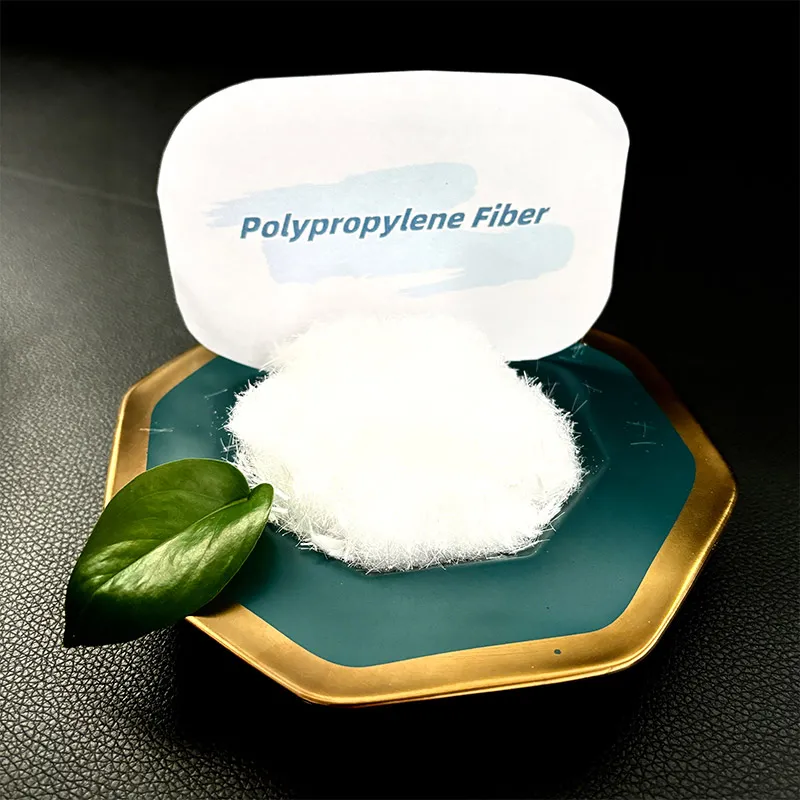
2. What is Polypropylene Fiber? Structure & Technical Explanation
Polypropylene fiber (PP fiber) is a linear, semicrystalline synthetic fiber manufactured by melt spinning or extrusion of isotactic polypropylene resin (C3H6). Typical fiber characteristics are:
- Density: ~0.91 g/cm3 (lowest among all synthetic fibers)
- Tensile Strength: 400–800 MPa
- Elongation at Break: 15–25%
- Melting Point: ~160–170°C
These intrinsic properties, combined with the fiber's high modulus and hydrophobicity, make polypropylene fiber an ideal additive for concrete, composites, geotextiles, and technical fabrics. Polypropylene fiber is engineered in different forms: monofilament, fibrillated, and staple—each tailored for unique applications.
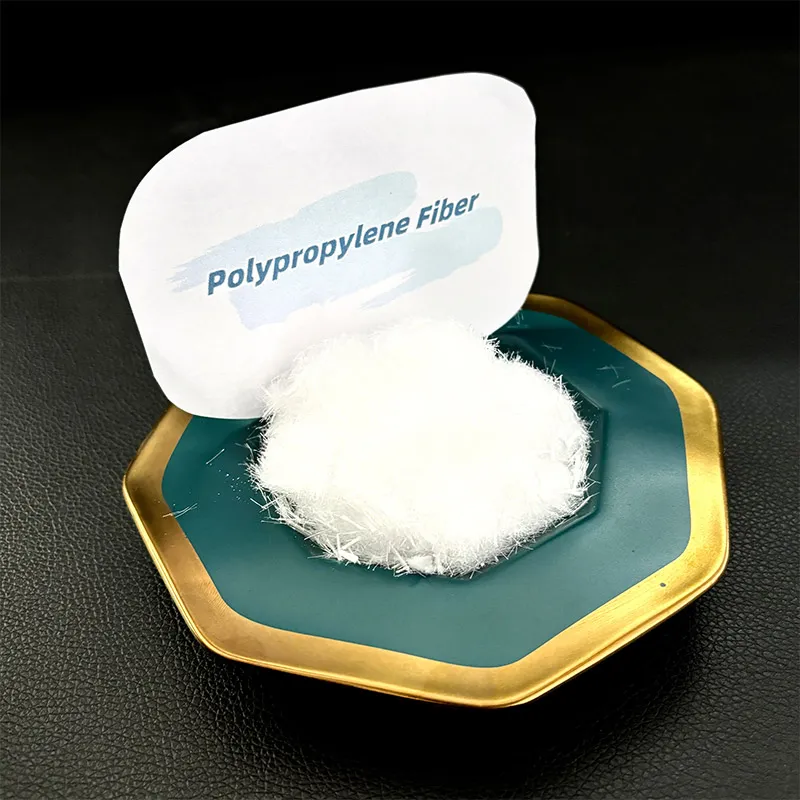
3. Manufacturing Process of Polypropylene Fiber (PP Fiber)
The production of polypropylene fiber involves precise polymer engineering and quality control. Below is a detailed flowchart outlining the key stages of production, adhering to ISO 9001 and ANSI/ASTM standards:
(Virgin high-molecular-weight PP, ISO/ASTM certified)
(Resin heated & extruded through spinnerets)
(Molecular chains aligned for tensile strength)
(Fibers cooled, cut to length for staple or monofilament)
(Anti-static, anti-UV as required)
- Use of advanced extrusion lines with CNC-controlled temperature uniformity.
- Quality assurance via real-time laser diffraction for diameter consistency.
- Online tensile testing ensures ISO 4915 compliance.
- Each batch records traceability for full lifecycle tracking.
4. Polypropylene Fiber Standards, Technical Parameters & Comparison
To select the right polypropylene fiber for your project, consider the technical parameters alongside international standards such as ISO 9001, ASTM C1116 (for concrete reinforcement), and EU REACH. Below is a summary table of core technical data:
| Parameter | Typical Range | Test Standard | Comparison with Competitors |
|---|---|---|---|
| Type | Monofilament / Fibrillated / Staple | ISO 2076 | Comparable, but higher purity with monofilament |
| Length | 6–54 mm | Custom / ASTM C1116 | Wider length range than PET fibers |
| Diameter | 15–30 μm | ISO 1973 | Thinner than conventional fiberglass |
| Tensile Strength | ≥ 450 MPa | ASTM D2256 | 20% higher vs. PET (375 MPa) |
| Melting Point | ~165°C | ISO 3146 | Comparable (slightly higher than PE, lower than PA) |
| Acid/Alkali Resistance | Excellent | PASS (ISO 3071) | Superior to cellulose, at par with other synthetic microfibers |
| Cut Length Tolerance | <±1mm | Manufacturer certified | More precise due to CNC cutting |
Major Testing & Certification Standards
- ISO 9001: Quality Management System
- ASTM C1116: Fiber-Reinforced Concrete
- REACH: EU Chemical Compliance
- RoHS/CE: Environmental and Export
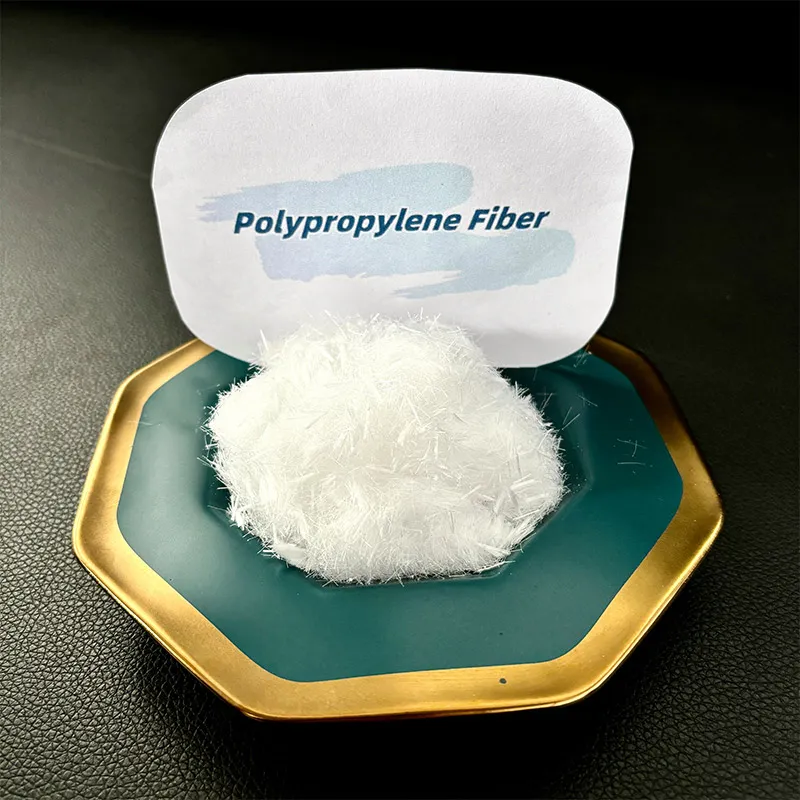
5. Key Technical Advantages of Polypropylene Fiber
- Outstanding Crack Control: Addition of polypropylene fiber into concrete mitigates microcracking, shrinkage, and improves post-crack load bearing.
- Hydrophobicity & Chemical Inertness: Does not absorb water, resists acids, alkalis, and salts—enabling longevity in harsh environments.
- Lightweight & Flexible: Easy dispersion into mortars, cement, and polymers without increasing density or changing rheology.
- Corrosion Resistance: Unlike steel fibers, PP fibers eliminate risks of rust and long-term corrosion failure, especially in marine or chloride-rich structures.
- Superior Compatibility: Available as monofilament or micro-fibrillated, compatible in concrete, geotextiles, industrial felts, automotive interiors, and more.
6. Manufacturer Comparison: Choosing the Right Polypropylene Fiber Supplier
| Supplier | Key Certifications | Product Range | Lead Time | Technical Support |
|---|---|---|---|---|
| SSH Polypropylene Fiber | ISO9001/14001, ASTM, CE, REACH | Micro/Mono/Fibrillated, custom cut | 3–15 days | On-site guidance, technical datasheet, R&D support |
| Sika AG | ISO, ASTM, EN | Mainly monofilament (standard sizes) | 2–6 weeks | Standardized |
| BASF Construction | ISO, ASTM | Monofilament, macro fibers | 2–5 weeks | Limited customization |
| Bekaert | ISO, ASTM | Steel & PP Macro | 3–8 weeks | Basic |
| Owens Corning | ASTM, ISO | Fibrillated focus | 4–8 weeks | US/Europe only |
7. Customization & Engineering Services for Polypropylene Fiber
SSH Polypropylene Fiber offers tailored engineering for global clients, delivering polypropylene fiber grades for unique applications such as:
- High-performance pp fiber concrete for shotcrete, tunnel linings, subway segments
- Microfiber synthetic for industrial waterproofing membranes, road overlays, and pre-cast elements
- Antimicrobial & UV-resistant fiber for open-air or medical settings
- Color-matched PP fiber for visible architectural elements

8. Application Case Studies
Case 1: Subway Tunnel Shotcrete (Singapore)
- Application: Shotcrete reinforcement using 12mm polypropylene fiber, 0.9 kg/m³ dosage
- Result: 31% reduction in shrinkage cracks vs. plain concrete, 18% increase in flexural post-crack energy absorption
- Reference: SGS tensile, ASTM C-1609, BSI EN 14889-2 tests passed for PP fiber batch
Case 2: Tunnel Waterproofing (Northern Europe)
- Fiber Type: Fibrillated microfiber synthetic, 18mm
- Advantage: Outperforms steel fiber by eliminating corrosion, no migration/efflorescence under harsh freeze-thaw cycles
Case 3: Industrial Flooring (USA)
- Goal: Replace steel mesh with PP fiber concrete (mono fiber, 9mm & 19mm mix)
- Result: Improved impact/abrasion resistance, cost savings on labor and material by 12–18%
Case 4: Municipal Drainage Pipes (China)
- Solution: Addition of polypropylene fibre into cement concrete pipes
- Performance: 24% increase in ultimate ring-tensile strength; 9X improvement in freeze-thaw durability
Case 5: Geotextile Embankment (Middle East)
- Fiber: 25mm fibrillated polypropylene fiber
- Benefits: Long-term UV stability, acid/saline resistivity, easy integration alongside woven geotextiles
9. FAQ – Polypropylene Fiber (PP Fiber) Technical Q&A
10. Delivery, Warranty & Customer Support
- Delivery: Standard lots ship globally within 5–15 days; custom formulations in 18–28 days (Incoterms: FOB/CIF/DDP).
- Warranty: 3-year material quality guarantee; ISO compliance and lifetime technical support.
- After-sales: Technical hotline, on-site fiber dispersion guidance, free mix design, and testing reports provided on request.
- Customer Reference: Over 800+ infrastructure projects, including MRT, highways, airports, and port facilities.
11. Polypropylene Fiber: Data Trends & Market Outlook (2024+)
According to Fortune Business Insights and RILEM technical reports (TC-162), the shift toward eco-efficient, durable infrastructure is pushing polypropylene fiber to new heights. Sustainability-driven innovation, adoption in 3D printing composites, and advanced FRC (fiber reinforced composites) will dominate 2024–2028.
12. Reference & Authority Citations
- Polypropylene Fiber Market Outlook (Markets & Markets): https://www.marketsandmarkets.com/Market-Reports/polypropylene-fiber-market-143885370.html
- RILEM–TC 162-TDF: Tests and Design Methods for Steel Fibre Reinforced Concrete (inc. synthetic fiber guidelines): https://www.rilem.net/publication/publication/109
- Fortune Business Insights – Polypropylene Fiber Market: https://www.fortunebusinessinsights.com/polypropylene-pp-fiber-market-106833
- Grand View Research – Polypropylene Fiber Application Insights: https://www.grandviewresearch.com/industry-analysis/polypropylene-fiber-market
- Concrete Construction Forums (Industry Experience and Use Cases): https://www.concreteconstruction.net/products/general-construction-equipment/pp-fiber-in-concrete-applications_o
- NACE International – Corrosion Studies: https://www.materialsperformance.com/articles/material-selection-design/2021/10/heavy-duty-microfibers-for-concrete-corrosion-protection
-
Ethyl Cellulose Powder as a Pharmaceutical BinderNewsJul.10,2025
-
Blending Fibre Natural and Synthetic for PerformanceNewsJul.10,2025
-
Starch Ether For Construction: The Advanced Mortar Additive RevolutionNewsJul.10,2025
-
MHEC Cellulose in Cement-Based Renders and PlastersNewsJul.10,2025
-
Micronized Rubber Powder Dispersion TechniquesNewsJul.10,2025
-
Impact of Cream of Tartar Plaster Retarder on Final StrengthNewsJul.10,2025
-
Rubber Powder Durability in ConstructionNewsJun.26,2025








